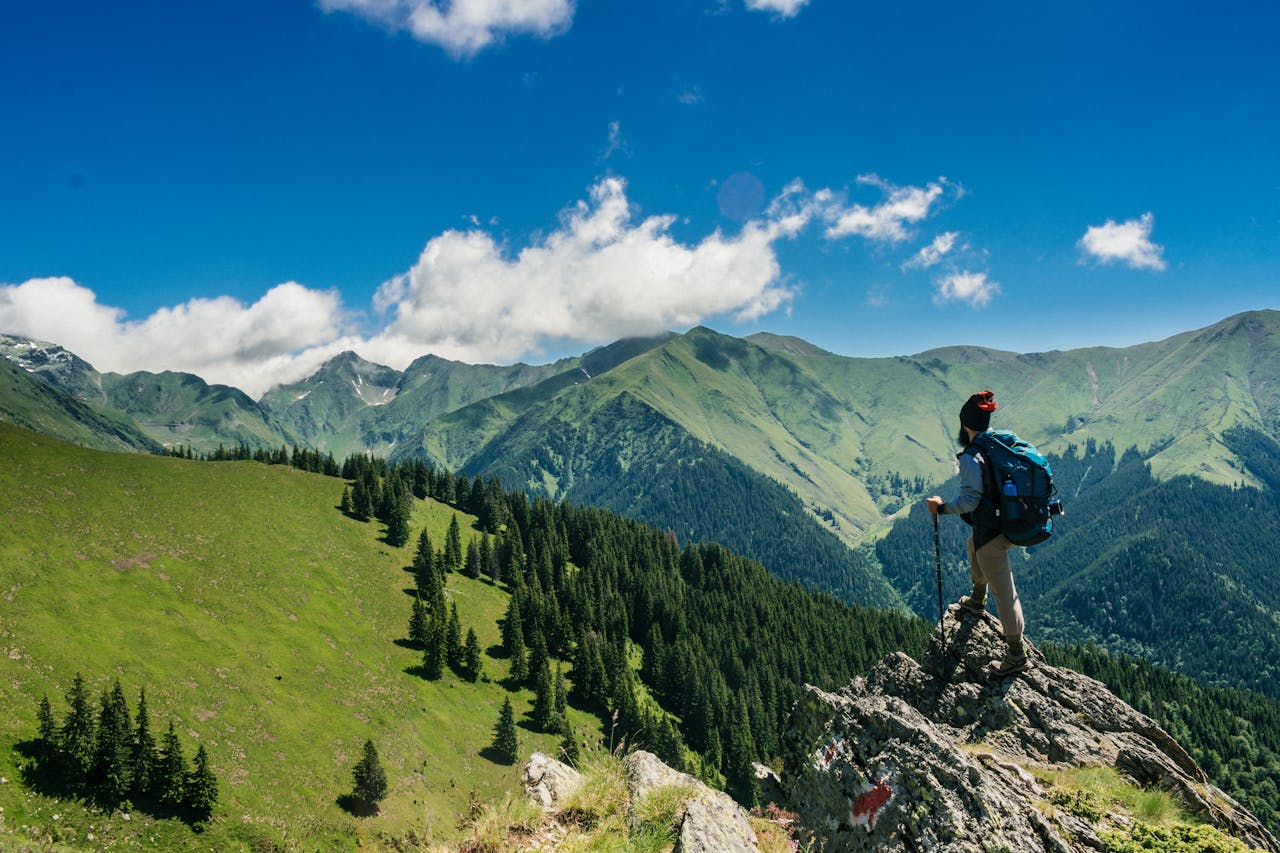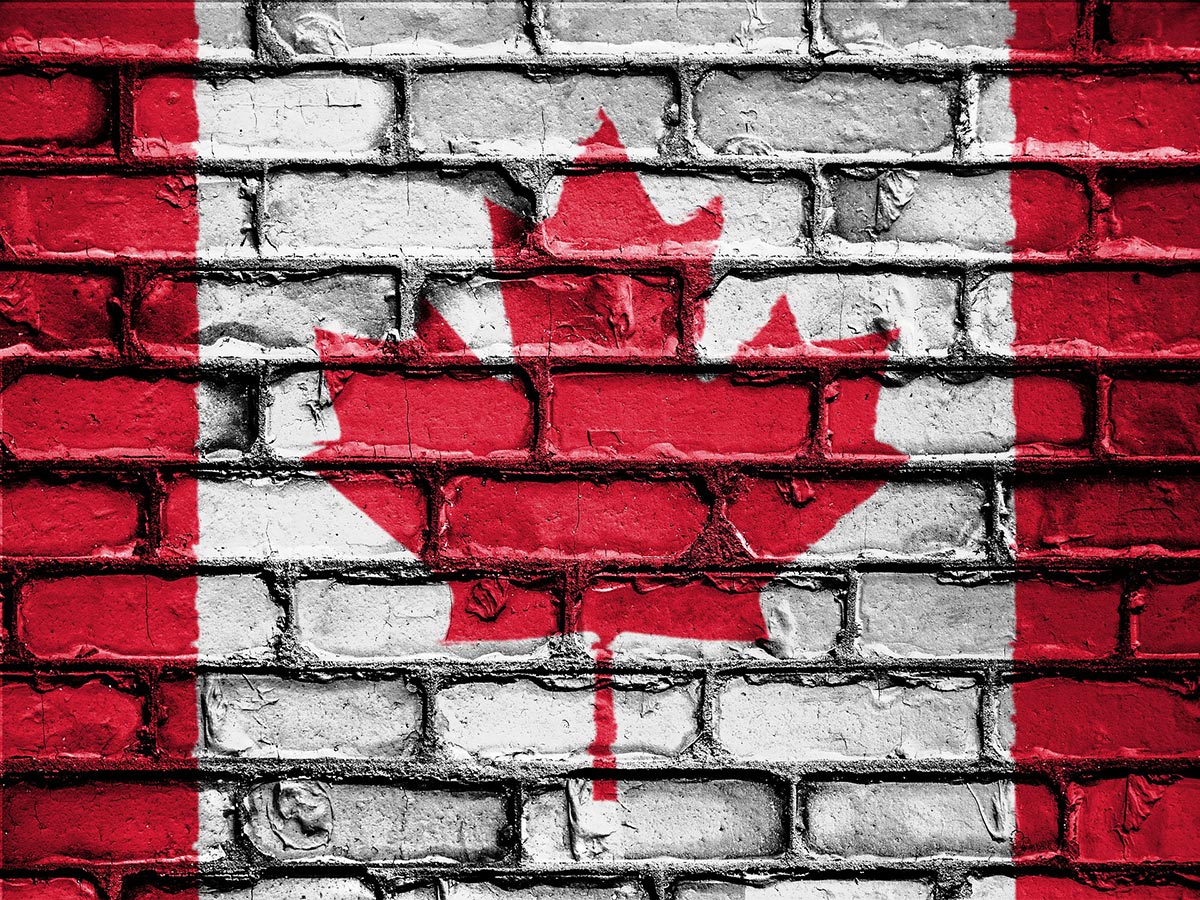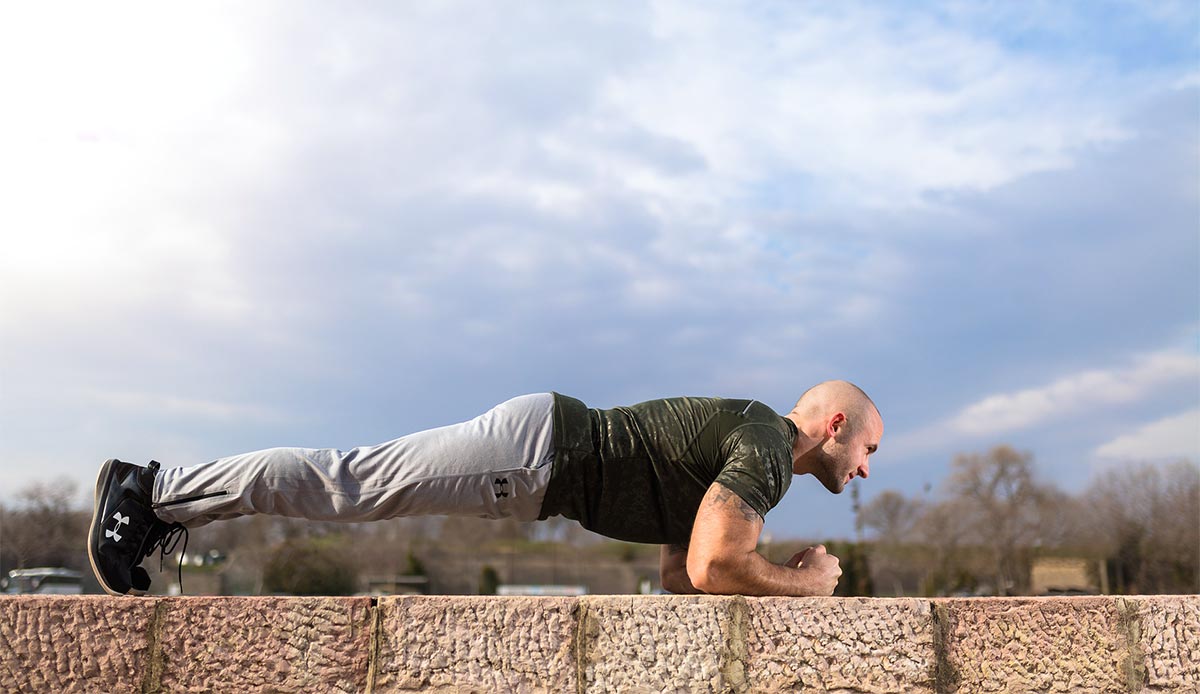It's summer, the sun is blazing, and while most people head for air-conditioned malls, there are still those heroic few who lace up their running shoes, hop on their bikes or hit the outdoor gym. Yes, we're talking about the everyday athletes — the folks who try to stay fit despite the weather, work stress, and the fact that their neighbors just crank up the barbecue instead. But this summer, there's an invisible opponent on the field: OZONE! — and it's fueled by the same heat wave that's making headlines.
Ozone: Not Just a Problem for the Planet
While ozone in the upper atmosphere protects us from harmful UV rays, ground-level ozone is a whole different story. It forms when pollutants from vehicles, factories and power plants react with sunlight and heat. The result? A sneaky, invisible gas that irritates the lungs, constricts the airways and quietly sabotages your training sessions.
Why Athletes Are Especially at Risk
The problem for anyone exercising outdoors is simple: you breathe more, and you breathe deeper. That means more ozone gets into your lungs, especially during intense workouts. Scientific studies by the EPA and the American Lung Association show that even moderate ozone levels can reduce lung function, trigger coughing or tightness in the chest, and increase the risk of asthma attacks — even in otherwise healthy people.
Worse still, during a heat wave, high temperatures and stagnant air create the perfect conditions for ozone levels to spike. This isn't just a big city problem; rural areas downwind of industrial zones can experience dangerous ozone concentrations too.
Ozone Levels and What They Mean for Athletes
| Ozone Level (µg/m³) | Health Impact | Recommendation for Athletes |
|---|---|---|
| Below 100 | No significant health risk | Outdoor training safe |
| 100 – 180 | Possible irritation for sensitive groups | Light outdoor activity okay, avoid intense workouts |
| Above 180 | Public health warning threshold | Outdoor sport not recommended |
| Above 240 | Severe health risks | Avoid outdoor activity entirely |
Everyday Heroes with Hidden Risks
It might sound dramatic, but choosing to run, cycle or exercise outdoors in 35°C heat (see UV Savety) with rising ozone levels takes guts. Everyday athletes aren't just fighting laziness — they're unknowingly challenging their lungs in conditions that even medical professionals warn against. Sure, the neighbors might call you "the fit one", but what they don't see is that your airways are quietly struggling, especially when the air quality index creeps into the orange or red zones.
The Science is Clear
According to the latest data from the Copernicus Atmosphere Monitoring Service and the European Environment Agency, ground-level ozone has reached unusually high levels across the US and Europe this summer — with several regions reporting values above 180 micrograms per cubic meter, the threshold where public health advisories kick in. For context, the EPA considers an Air Quality Index (AQI) over 100 as unhealthy for sensitive groups — athletes included.
Mango Mussolini's Great Step Backward
Of course, it wouldn't be the United States if politics didn't make everything worse. Just as climate experts warn of dangerous air quality, former President Trump — lovingly nicknamed Mango Mussolini — champions policies to slash subsidies for solar and wind energy. Because nothing says "Make America Breathe Again" like gutting clean energy and doubling down on fossil fuels. The predictable result? More pollution, more ozone, and more days when your lungs suffer — all while politicians grin for the cameras and pretend it's about economic growth.
How to Outsmart the Heat and the Air
The good news? You can still train smart — and safely. Here's how: exercise early in the morning or late in the evening when ozone levels are lower. Track local air quality using reliable apps or EPA reports. On high ozone days, swap outdoor workouts for indoor alternatives. Remember, real strength isn't just about pushing through discomfort — it's about knowing when to adapt.
The Bottom Line
Heat waves and ozone spikes aren't just environmental news — they're personal health issues, especially for those of us trying to stay fit. With a bit of planning, some scientific awareness and a healthy dose of skepticism toward political nonsense, you can stay active, protect your lungs and still be the everyday hero your body — and maybe your neighborhood — needs.
Scientific Sources
1. U.S. Environmental Protection Agency (EPA): "Ground-level Ozone Basics", accessed July 2025
2. American Lung Association: "State of the Air 2025", accessed July 2025
3. Copernicus Atmosphere Monitoring Service: "Ozone Monitoring Reports Summer 2025", accessed July 2025
4. European Environment Agency (EEA): "Air Quality in Europe 2024 Report", accessed July 2025













